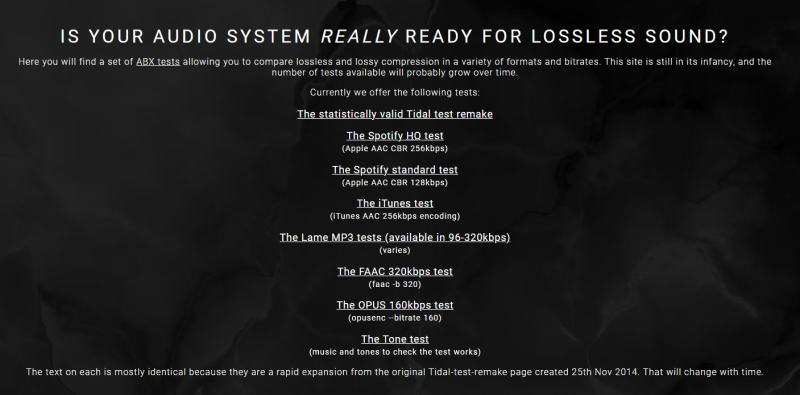Spotify or Tidal – Which is the Best?
Streaming has become ubiquitous with music in recent years. In my group of friends, I am the only one who still has a physical media player and a decent music collection. But don’t let that fool you; I have a slew of music streaming services, including Apple Music, Spotify, Tidal, and Amazon music.

Streaming services are convenient, and they give you access to a catalog of millions of songs and artists across every genre. If you are like me, you have playlists for every mood. While I love the nostalgia of CDs, they are not great at playlists.
In recent years, Tidal has risen in popularity. Offering an extensive catalog of music and artists and lossless playback, they have found a place in the hearts of many AV enthusiasts. However, you can’t forget Spotify. Spotify is almost synonymous with music streaming. Offering both music and podcasts, Spotify is a great way to get all your content in one place. Buy which is better? Let’s discuss.
Note: I am comparing the paid version of both apps. Spotify has a free version that has much lower bitrates and commercials. Tidal only offers a 1 month free trial.
Sound Quality
Let’s talk numbers. Spotify Premium (their top tier) is 320kbps and uses the AAC lossy format for their music. By comparison, Tidal HiFi is 1411kbps and uses the FLAC lossless format. While that seems like a no-brainer in terms of quality, it’s not a slam dunk, as the numbers indicate.
There is a lot of debate on how much difference you can hear between lossy and lossless music. Without going down the rabbit hole and offending audiophiles, I can say (with confidence) that most people even with the best AV gear won’t be able to tell the difference between Spotify Premium and Tidal HiFi in an A/B/X comparison. Sure, if you are streaming the low bitrate files off of Spotify’s free version, you probably could tell the difference. Don’t believe me? Try for yourself.
When The Numbers Don’t Really Matter
If you check out that link (here it is again), you’ll find an A/B/X test site for trying out different compression codecs. The short version of the test instructions is that you must choose which audio track (A or B) is the same as the X track. One of the test tracks (A and B) will be compressed (in the format delineated by the test name) and the other will be lossless. The Spotify one is actually 256kbps. If you want to hear 320kbps, you’ll need to do the MP3 test.
I’ve done the test with multiple headphones including planar magnetic models connected to high-end external headphone amps. Telling the difference between 320kbps and lossless is exceedingly difficult. And those differences? Functionally inaudible. If you do pick them out in the test, you’ll never notice them in casual listening. So, while Tidal may, on paper, have better files than Spotify, they shouldn’t sound any different to you.
Is it the Bitrate or the Mix?
But what if they do? What does that mean? Well, many people want to look at the bitrate or the compression and point to that as the reason one sounds better (or different) than another. But that isn’t necessarily the case. The only time you can definitively say that the compression is the cause of the difference is when you know that the compression track and the lossless both came from the same master (which is true in the A/B/X test). But that isn’t always the case. Sometimes the lossless track is newer and was remastered. Any change in that mastering process could be what you are hearing.
Or Maybe it’s the Volume?
Ok, here is where I spit out subjective rhetoric. I think Tidal sounds better, but I can’t pinpoint why. I know that there is a difference in normalization between Tidal and Spotify. All normalization does is make sure that each song is the same relative volume. So that means that you won’t get one song super low and the next super loud. What I find is that Tidal sounds “less harsh” to my ears at higher volumes, so loud+less harsh=good! I have discussed this with my editor and he has confirmed the same – too many factors are involved to make an objective conclusion. On top of that, on paper, Tidal is better, so that is probably influencing my decision. Because I can’t give you any objective data to explain my preference, it’s still…
Winner: Tie
Content
I won’t spend a lot of time here. Spotify has about 1.2M artists and 82M tracks available. Tidal is not as open about its catalog, but what I found states that Tidal has over 1M artists, 80M tracks, and 250k music videos. Plus, some artists are only available on Tidal. That said, I’ve never had a problem finding a song on Spotify. There have been instances when I couldn’t find the same track on Tidal. Is that because they were some obscure band few people have heard of? Probably. But it certainly balances out some of the exclusive artists on Tidal.
Spotify has the advantage for those who like podcasts. Spotify has one of the largest collections of podcasts available. For those who consume both music and podcasts and want a single app, Spotify is the clear choice here. While Tidal does have a small selection of podcasts, they are very niche, so you probably won’t find what you are looking for there.
As I stated above, Tidal also has upwards of 250k music videos on tap. Granted, most are low resolution, but they sound fantastic. Plus, it’s a great way to see some of the older music videos from your youth that are no longer in heavy rotation on MTV. When looking over everything, the more extensive library and access to podcasts make the clear winner…
Winner: Spotify
Connectivity
So as of March 2022, Spotify leads the way with built-in connectivity. Almost every AV receiver I have viewed has Spotify Connect included. It allows you to connect directly to your AV receiver and control it with your phone.
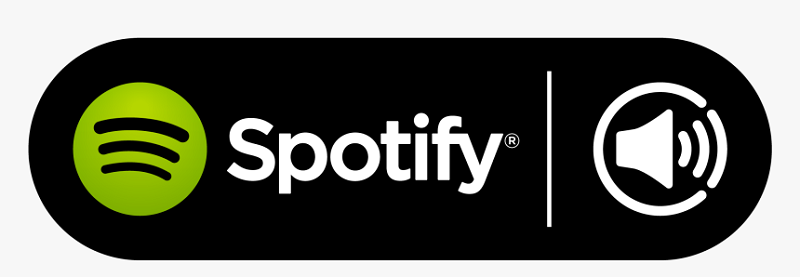
That said, Tidal is quickly gaining ground. I see Tidal Connect on more AV receivers. My new Onkyo TX-NR7100 has it built-in, and the interface is slick and well thought out.

But fear not, both Spotify Premium and Tidal HiFi have integration with other products. I have seen both working with Amazon and Google Home, HEOS, DTS Play-Fi, Chromecast, and AirPlay 2. While this may play out differently in your home depending on what your gear connects to natively, in my house, this is a…
Winner: Tie
Apps
If I had written this article a few years ago, I would be complaining about the lack of support for Tidal on most streaming boxes. But in 2022, I found apps for my Shield TV (Android), Apple TV (TV OS), and my LG B9 OLED (webOS). Let’s not forget iOS and Android support for your mobile devices and tablets. There is even an app for my Apple Watch. The only device that I couldn’t find support natively was my Xbox One Series X. I can use the web interface, but it isn’t easy to navigate with a controller. I checked, and it seems the PS5 is not supported as well.


Spotify, on the other hand, is supported everywhere. So if you absolutely must use your gaming console to stream music, the winner is…
Winner: Spotify
Playlists
Playlists are an essential part of any streaming service. The ability to create and curate your playlists is a must-have. The easier it is to do, the better. I think that both have equally easy-to-navigate playlist menus. Spotify has its playlists on the left-hand side under playlists, while Tidal stores theirs on the right-hand side under a heart icon.
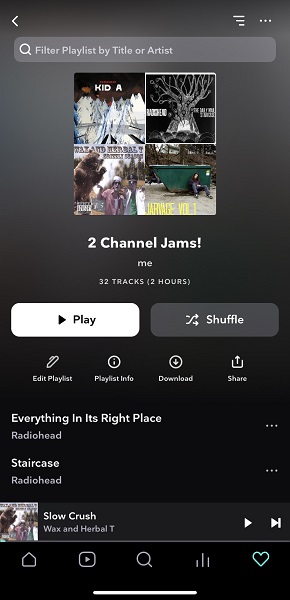

Creating or curating playlists is better with Tidal. Once you select a song and add it to your playlist, you get page upon page of similar songs based on genre, artist, and music tastes. Yes, Spotify allows you to do this, but it takes a couple of extra clicks, and I enjoy seeing similar or exciting songs. I have found lots of new songs from creating playlists in Tidal.
But I think this will come down to familiarity. The more you use the app, the quicker the navigation will be. I found that Spotify was more intuitive, while Tidal took me some time to get used to. But, because of the extra clicks, I have to give the award to…
Winner: Tidal
“For You” Playlists
When I first discovered Spotify, I was in awe of their algorithm that found songs and artists from my current playlists and searches. Plus, they had lots of curated playlists for different moods. Getting ready for a party? Spotify has a playlist for that. Want to chill out? Yup, there is a playlist for that.

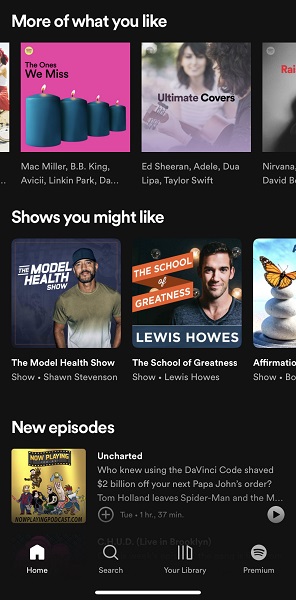
But then I started to use Tidal, and I realized how powerful and valuable their suggestions were. Not only did Tidal give me playlists or collections based on my searches and playlists, but Tidal also suggests new music and artists. By leading me to new artists that I might never have found without it, the award goes to…
Winner: Tidal
Social Media Integration
If you care about social media integration, Spotify is the winner here. Spotify connects you with your friends and shows you what they listen to and what you are playing. You can even create a shared playlist and let others add to it when you share the link to it.
Tidal has almost no social media integration. Aside from sending your friends links, there is no ability to share your music. As an individual with no social media, this is ideal. But if you want your music service to broadcast your every move, stick with Spotify.

I find this one harder to judge. Some people will find the social media integration of Spotify a plus while others will be annoyed that they have to figure out how to turn it off. I can understand both sides of wanting to share your musical tastes and wanting to keep them private. For that reason, I have to call this one a…
Winner: Tie
Fun Features
So each service has some “added value” features that we love. I am not weighting these into my decision, because I don’t feel that they should sway your decision. Both services offer lyrics (when offered by the artist). Both Tidal and Spotify highlight the line that is being sung, but Spotify has a word-by-word option for a sing-along in their Spotify For Kids section. That’s a great option for parents.
The other fun feature is the “about the artist” feature. Each service gives you details about the artist, the record the track is from, and with Tidal, other tracks from the same artist and similar tracks from other artists.
Pricing
Spotify offers a free plan that is ad-supported with no offline playing support. Spotify Premium starts at $9.99/month ($4.99 for students) for a single user and $15.99/month for a six family member plan. Spotify has some spatial audio tracks but it requires you to have iOS 15 and AirPods.
Tidal also has a free plan (in the US) that is ad-supported and offers a $9.99/month HiFi plan and a $19.99/month HiFi Plus tier that gives you access to spatial audio, MQA mastered tracks, and Dolby Atmos music. They have many more spatial audio tracks and they will work with your AV receivers. Family plans are $14.99/month for HiFi, allowing up to 5 members. And HiFi plus is $29.99/month. Tidal also offers a 50% discount for students (worldwide) and a Military/law enforcement discount in the United States.
Pricing is about the same but Tidal offers MQA, Dolby Atmos, and more spatial audio tracks (that will also work with your AV receiver), these just aren’t available on Spotify. But they also cost more so that sort of balances it out. For that reason, I must call this one a…
Winner: Tie
But Which Is Best?
If you are keeping count, we have a tie. Both offer universal adoption by most devices, good playlist curation, and their predictive “for you” choices are great. While Tidal is lossless, Spotify is not that far behind in quality, and we doubt that you will notice. Pricing is darn near neck and neck, and you can get it on all the devices or apps you want.
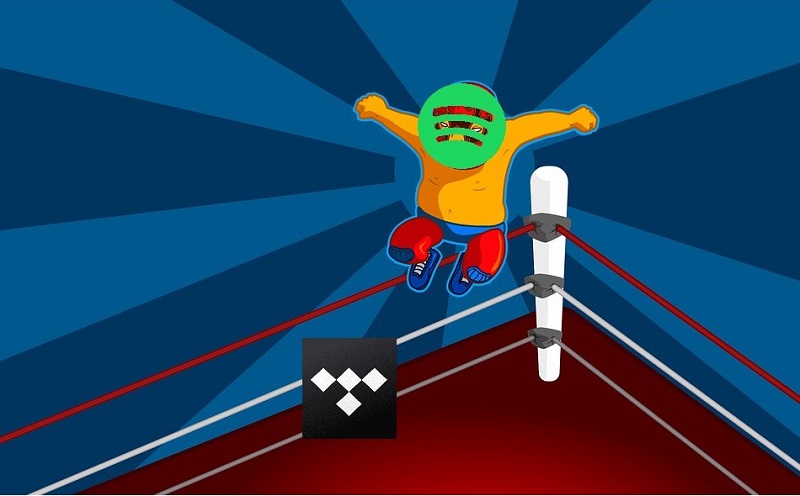
But I am sure you want a tie-breaker. So who do I think is the best choice? Well, after weighing all of the factors and reviewing my notes, the winner is Apple Music. Not only do you get access to as many songs and artists as both Spotify and Tidal, but you also get lossless audio and spatial audio for $9.99/month. Plus it has all the playlist editing and curation you could want, oh, and did I mention it’s cheaper?
But, if you have just read this and are about to get out the pitchforks and torches for me click-baiting you, give me a chance to redeem myself. What you need to know is that there is no “best” service. All offer similar features and pricing. You can get any of these services and I know you will be happy. Be happy that we live in a time where we get high-quality music on demand on whatever device we have. I know that I never imagined this day would have come, but I am happy it’s here!


